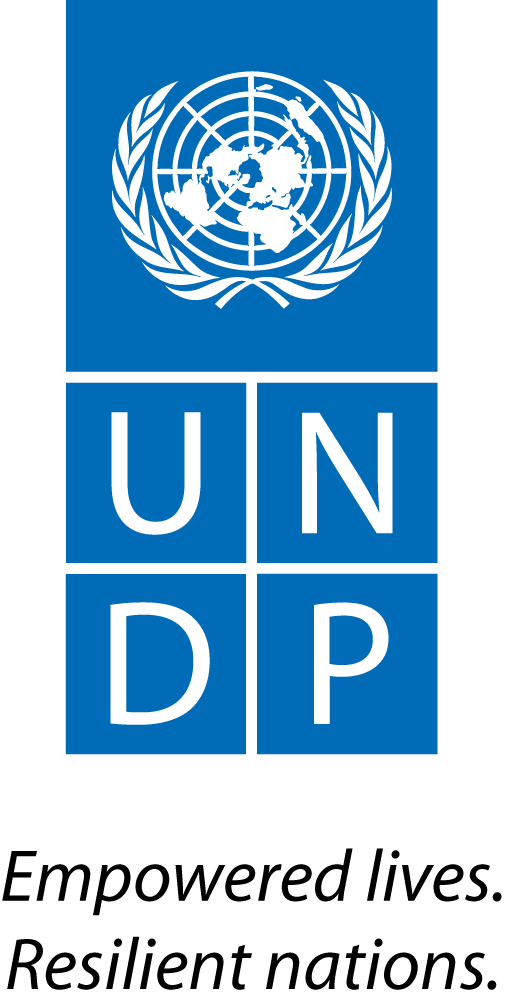- http://www.trust.org/alertnet/news/deforestation-fuels-temperature-hikes-around-mt-kilimanjaro
- A logging boom has hit Tanzania's tourist-drawing Kilimanjaro region, reducing the region's native forests, hitting rainfall and leading to unusually high temperatures.
The increasingly extreme weather has come as a surprise to people who live a stone's throw from one of the world's heritage sites, and who had been used to a cold, misty climate.
Joshua Meena, 72, a resident of Machame, told AlertNet that the annual rainfall in the region has been dwindling from year to year over the past decade, affecting farmers who depend on growing coffee and bananas for a living.
"Our livelihood is affected because these crops thrive under a cool climate and also need enough water," he said.
And in Moshi municipality, eyebrows are raised at the region's rising temperatures, which now sometimes surpass 30 degrees Celsius (86 degrees Farenheit) - on occasion higher than the country's normal hottest places, Dar es Salaam and Tanga.
"I have not seen a situation like this before, the heat is just too much. We virtually do not need sweaters and jackets," said Onesmo Masawe, a resident of Moshi.
TIMBER AND CHARCOAL
Forests play an in important role in maintaining natural water cycles around Mt. Kilimanjaro, but the region's forests are disappearing as a result of growing demand for timber across and country and unmanaged logging of trees for timber and charcoal making, residents in the region say.
The government has accused unscrupulous timber dealers, who collude with corrupt officials, for driving the destruction. But forests also have come under pressure as people in the area struggle to meet their energy needs by making charcoal.
Particularly hard hit are the region's "Erica" trees, which thrive above 2,700 meters (8,850 feet) above sea level and that local people believe are crucial to helping collect cloud moisture. The trees, now on the verge of extinction, according to people in the village of Machame, also provide traditional medicine used to treat fever and diarrhoea.
Growing rainfall shortages in Machame have led some farmers to set up irrigation systems for their fields, while others have moved to cities to find other work.
In Marangu district, a visiting AlertNet reporter could hardly find people working in the fields during the day. Many Marangu residents have moved to Arusha and Dar es Salaam because their farms are not coping well with the drier conditions. They only convene back in the villages during Christmas and New Year celebrations.
Jerome Temba, a resident of Marangu, said because of increasing temperatures some tour guides no longer see the need to help tourists acclimate to colder weather before they trek into high altitudes around Mt. Kilimanjaro.
According to the United Nations Environment Programme (UNEP), reduced rainfall and increasing temperatures in Kilimanjaro have increased the vulnerability to fire and cutting of the region's forests.
Statistics obtained from UNEP website estimate that between 1976 and 2012, over 15,445 hectares (38,000 acres) of rainforests in the region have been destroyed.
The regional government is taking measures to combat illegal logging and to sensitize local people about the importance of conserving their environment, said Kilimanjaro Regional Commissioner Leonidas Gama.
"There is no doubt whatsoever inadequate rainfall and higher temperatures in the region is the impact of climate change which is contributed to by our own actions," he said in a telephone interview.
Gama said the government was embarking on a reforestation drive which aims to plant one million trees in two years in collaboration with governmental and private institutions.
SHRINKING RESERVOIRS
A watchdog NGO made up of journalists from the Journalists Environmental Association of Tanzania (JET), conducted an assessment in Kilimanjaro in April, which found that water reservoirs in the region also are being hit by the changing conditions.
Local authorities interviewed by JET estimated that that Lake Jipe has receded by 100 meters in just three years while Nyumba ya mungu Dam has lost almost two-thirds of its water, affecting hydro-electricity production.
A Tanzanian member of the Intergovernmental Panel on Climate Change (IPCC), Pius Yanda, concurs that the rise in temperature in Kilimanjaro region is a result of global warming.
"In recent years there has been severe deforestation in Kilimanjaro region and that has left many parts devoid of natural vegetation and soil cover. Global warming is a worldwide phenomenon and in Kilimanjaro region local factors have contributed in rising temperatures," Yanda was quoted in local media as saying.
Yanda observed that deforestation has not been addressed effectively and said he believes temperatures are set to rise even higher if the problem of deforestation is not solved soon.




